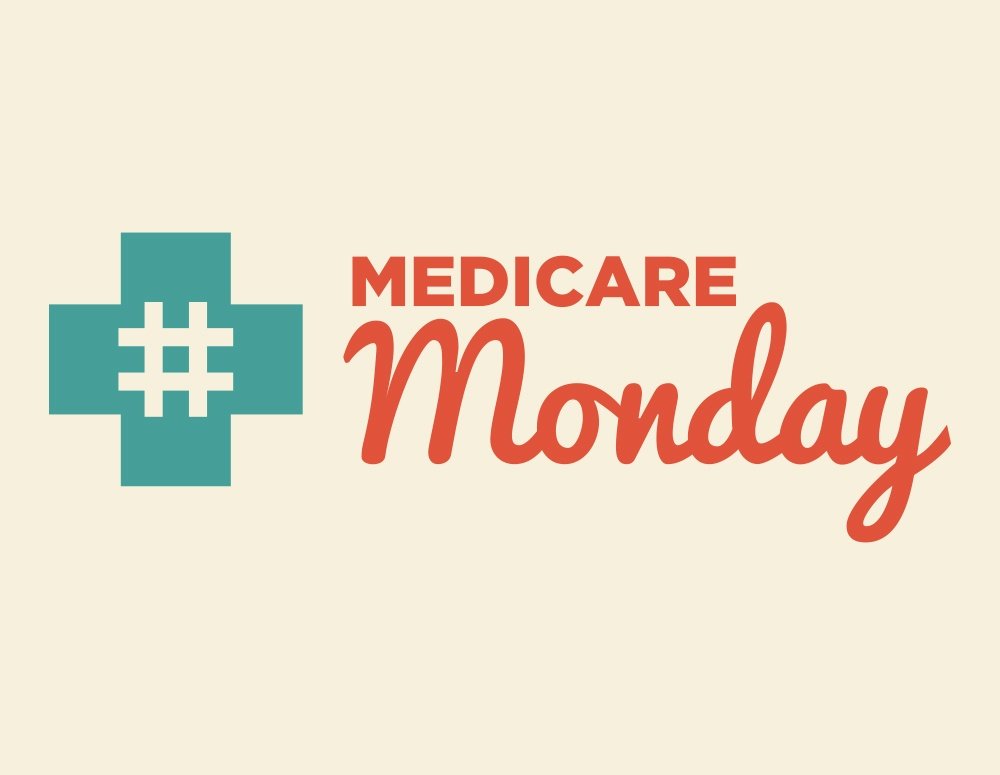Medicare Monday: A closer look at Medicare Part B
A closer look at what Medicare Part B covers and have average sales price works.

Medicare Monday: A closer look at Medicare Part B.
A closer look at what Medicare Part B covers and have average sales price works.

Medicare Monday: A closer look at Medicare Part B.

We took a deeper dive on Medicare Part D last week, so today we’re switching gears and talking about Medicare Part B.
What Does Part B Cover?
Part B covers physician office benefits, outpatient care and medical equipment, as well as medicines that are usually administered by a physician. Part B medicines are often used to treat patients with serious and complex conditions – conditions including cancer, rheumatoid arthritis and mental health, among others. These vulnerable patients have few or no other treatment options and are reliant on Part B therapies.
How Does Part B Pay for Medicines?
Medicare providers negotiate directly with manufacturers and wholesalers to purchase Part B medicines and are then reimbursed by Medicare. The reimbursement methodology for Part B medicines is Average Sales Price (ASP) plus 6 percent. ASP is a market-based price and is reflective of the weighted average of all manufacturer sales prices. As a result, it includes the rebates and discounts that are privately negotiated between manufacturers and purchasers. The 6 percent add-on payment accounts for geographic and provider purchasing variability and the additional costs associated with the complexity of Part B drugs, such as storage and handling and ongoing patient monitoring and education.
ASP+6% mirrors reimbursement for physician-administered drugs in the commercial market and has been found to be an effective reimbursement methodology. For example, research from The Moran Company released in December found that volume-weighted ASP has remained steady year over year. A recent report from the Department of Health and Human Services also found that spending on Part B medicines has remained a small share of overall Part B spending, with only moderate increases from 2007 to the present. These finding suggest medicines are not a key driver of Part B spending.
Learn more about Medicare Part B at PhRMA.org/PartB.